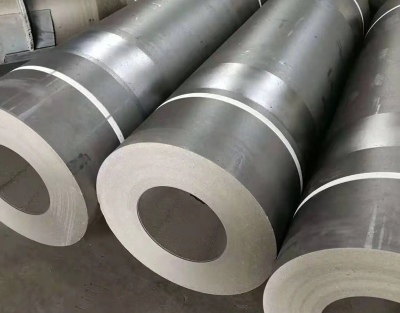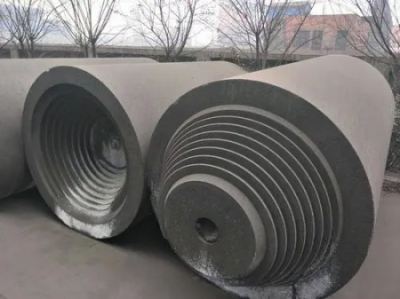【Technical Guidance】Differences Between Carbon Electrodes and Graphite Electrodes

【Technical Guidance】Differences Between Carbon Electrodes and Graphite Electrodes
I. Performance Differences
Graphite electrodes are primarily made from natural graphite, while carbon electrodes are mainly composed of coal coke and petroleum coke. Therefore, graphite electrodes exhibit superior performance in terms of high temperature resistance, conductivity, and thermal shock stability.
II. Usage Differences
Graphite electrodes are mainly used in the smelting process of electrice arc furnaces and find applications in metallurgy, chemical, and glass industries. Carbon electrodes, on the other hand, are primarily used in the iron smelting process, where the temperature is not as high. Thus, compared to graphite electrodes, carbon electrodes have lower requirements for conductivity and high temperature resistance.
III. Price Differences
Due to lower raw material costs, carbon electrodes are relatively cheaper. Conversely, graphite electrodes have higher raw material costs and require high-temperature processing during production, resulting in higher prices.

IV. Differences in Lifespan
Graphite electrodes have a longer lifespan, lasting several months or even a year. Carbon electrodes, in contrast, have a shorter lifespan, typically lasting only a few days to a few weeks.
In conclusion, graphite electrodes and carbon electrodes differ significantly in performance, usage, price, and lifespan. Users should consider their production needs and economic capabilities when choosing suitable consumables. Follow us to learn more technical information about the graphite industry.
No related results found









0 Replies